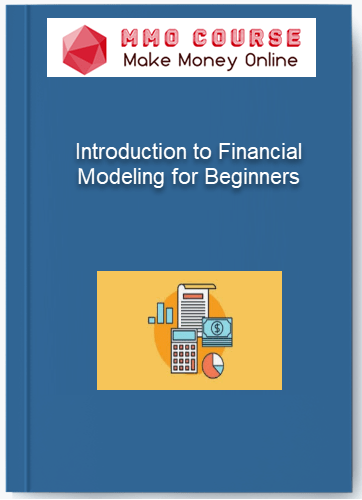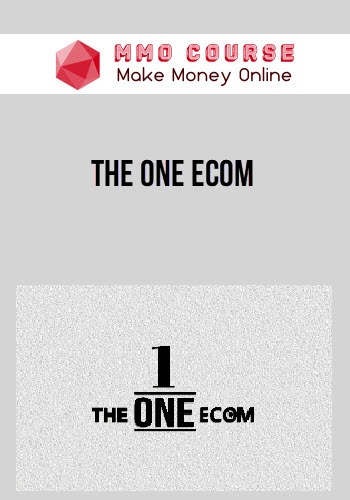Introduction to Financial Modeling for Beginners
$104.99 $36.80
GB Status: Instant Deliver
Sales Page: N/A
Description
Introduction to Financial Modeling for Beginners
There are THREE things you need to do in order to learn financial modeling:
- You need to understand the key concepts of Finance
- You need to understand the relevant features & techniques in Excel
- You need to be able to put both of those together in practice.
Now why should you learn from us?
- I’m proud to say that I have an MBA from Stanford University and have worked on many commercial real estate properties across a dozen asset types in multiple markets. I even helped create the underwriting standards for a 2000-store private restaurant chain, helping them open new locations around the world.
- And as a licensed broker and real estate consultant, I’ve helped many private clients with locating, evaluating, and structuring investment opportunities including multi-million dollar commercial property acquisitions and 1031 exchanges.
- My co-instructor, Brandon Young, has a Masters in Real Estate Finance & Development from the University of North Carolina Charlotte as well as a Masters in Finance from Tulane University. He has over a decade of combined financial and real estate experience, including acquisitions and development.
- We’ve been living and breathing in financial models for practically our entire careers.
Here’s what you’ll get:
- Able to confidently speak to key finance, accounting, and modeling concepts
- Able to use over a dozen of the most useful Excel features & techniques
- Able to construct three distinct financial models from scratch
- What’s with the lemonade stand?
- Learning Excel or finance on their own is tough enough, and learning them at the same time can be extra challenging. To further muddy the waters by asking students to learn an arbitrary business model would be unnecessarily confusing and a waste of time.
- But even with a simple business model such as a lemonade stand, you’ll be surprised by how complex and sophisticated the analysis can become.
Delivery Policy
When will I receive my course?
You will receive a link to download your course immediately or within 1 to 21 days. It depends on the product you buy, so please read the short description of the product carefully before making a purchase.
How is my course delivered?
We share courses through Google Drive, so once your order is complete, you'll receive an invitation to view the course in your email.
To avoid any delay in delivery, please provide a Google mail and enter your email address correctly in the Checkout Page.
In case you submit a wrong email address, please contact us to resend the course to the correct email.
How do I check status of my order?
Please log in to MMOCourse account then go to Order Page. You will find all your orders includes number, date, status and total price.
If the status is Processing: Your course is being uploaded. Please be patient and wait for us to complete your order. If your order has multiple courses and one of them has not been updated with the download link, the status of the order is also Processing.
If the status is Completed: Your course is ready for immediate download. Click "VIEW" to view details and download the course.
Where can I find my course?
Once your order is complete, a link to download the course will automatically be sent to your email.
You can also get the download link by logging into your mmocourse.hk account then going to Downloads Page.
Related products
Total sold: 3
Total sold: 1










